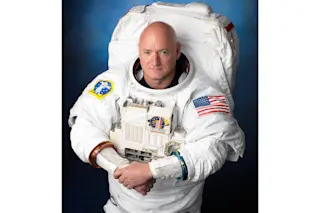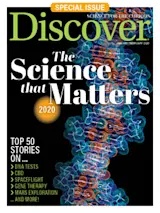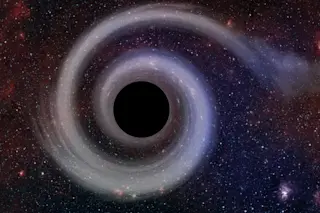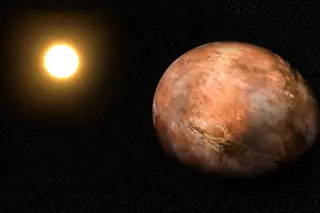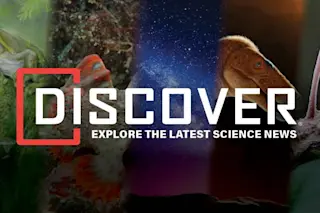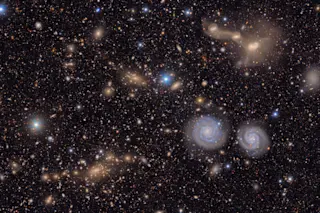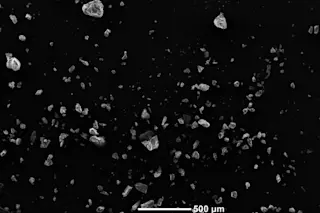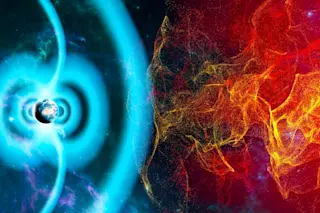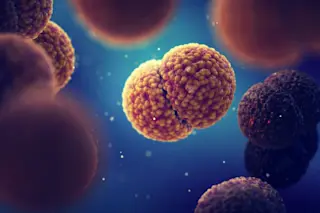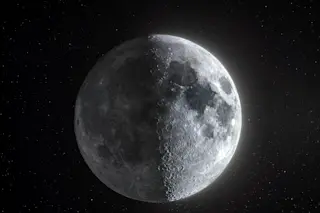Every grade-school scientist knows a good experiment needs a control — a test subject you leave alone to have a baseline for comparison. So when NASA researchers set out to learn exactly how weightlessness and other space hazards like radiation might change the human body, they needed someone to stay behind on Earth as a counterpart. The ideal control would be someone very similar to the space traveler, so NASA chose an actual clone — or, as they’re more commonly known, an identical twin.
Thus was born NASA’s Twins Study. From 2015 to 2016, astronaut Scott Kelly spent a year aboard the International Space Station. Meanwhile, retired astronaut Mark Kelly — Scott’s twin brother — stayed on Earth. The results, published in April in Science, show spaceflight indeed triggers changes in the human body, such as damaging DNA, thickening artery walls, modifying the microbiome and altering gene expression. But the ...


